The Jewish celebration of Passover begins this Friday, and though
I am not Jewish, it will be my third time observing this particular feast with
my family. While it started as a means to teach my children about the history
of this feast instituted at the time of Moses and about the Last Supper Jesus
shared with His disciples, it has become a beautiful illustration of all things
fulfilled through Jesus.
God chose to reveal Himself – who He is and what He is about –
through the nation of Israel, including the feasts He established for the
Israelites to observe. God is a God of order and detail, so every aspect of
these feasts serves a purpose.
The Passover feast was first established in Exodus 12 as a
preparation for the 10th plague in Egypt. This plague would be the
worst, the death of the first-born son, unless the blood of the Passover lamb
was on the doorpost of the house. When the LORD saw the blood, He would pass
over the house, and the plague would not fall on that house when He struck the
land of Egypt.
God then gave Moses very specific instructions about how to select
the Passover lamb, how to prepare the lamb, how to eat the lamb, and how to observe
this very special feast. The lamb was to be without blemish, a male, one year
old. The lamb was to be selected on the 10th day of the month and
kept until the 14th day when it would be killed at twilight. The lamb
would be roasted by fire and eaten that night, but the blood of the lamb would
be placed on the doorposts.
The Israelites were to eat with their robes and sandals on and with
their walking staffs in their hand. They would be leaving in haste, so they
were to be ready. They were to eat bitter herbs to remind them of their slavery
in Egypt, and dip the bitter vegetables into salt water to remind them of their
tears while in bondage. They were to eat bread without leaven to symbolize the
removal of sin.
Each portion of the Seder plate was to represent the difficulty of
their time in Egypt and remind them of God’s miraculous rescue. But that spotless
lamb chosen as the sacrifice was the only thing that would cover over them as
God’s judgment passed through the land. The blood of the lamb was the only
thing that could save them. Simply eating the meal could not.
That Passover instituted in Exodus and observed since that time,
however, was just a picture. A symbol. The perfect had not yet come. The real
Passover lamb had not yet been sacrificed. Until Jesus. Jesus did not come to
abolish the law or the Scriptures, but to fulfill it. Christianity is an
extension of Judaism, the final conclusion to the cliff-hanger given in Malachi
for the story God began in Genesis.
God had promised out of His love for His creation to provide a
remedy for the brokenness that sin had caused. He said in the garden that one
day a Savior would come to crush the head of the serpent forever. He promised
Abraham that through him all nations would be blessed. He promised David that
of His kingdom there would be no end. And when God rescued His people from
slavery in Egypt it was a perfect picture of the rescue that would one day be
for all people.
God instructed the Israelites to observe this Passover feast and
told them that they should “keep it as a feast to the Lord; throughout your
generations, as a statute forever, you shall keep it as a feast” (Exodus 12:14)
so that each generation can be taught how God rescued the Israelites from
slavery in Egypt.
This is the feast that Jesus was having with His disciples in the
upper room. Jesus took the bread, broke it, and said, “Take, eat; this is my
body broken for you.” His body was the unleavened, sinless Bread of Life that
was broken in our place. He then took the cup and said, “Drink of it, all of
you, for this is my blood of the covenant, which is poured out for many for the
forgiveness of sins.” His blood as the spotless lamb would cover over us so
that God’s judgment would pass over us.
When Jesus spoke to the disciples on the road to Emmaus, it says, “And
beginning with Moses and all the Prophets, he interpreted to them in all the
Scriptures the things concerning himself.” (Luke 24:27) And to the disciples in
the upper room He said, “’These are my words that I spoke to you while I was
still with you, that everything written about Me in the Law of Moses and the
Prophets and the Psalms must be fulfilled.’ Then He opened their minds to
understand the Scriptures, and said to them, ‘Thus it is written, that the
Christ should suffer and on the third day rise from the dead, and that
repentance for the forgiveness of sins should be proclaimed in his name to all
nations, beginning from Jerusalem.’” (Luke 23:44-47).
It is from understanding the Old Testament – the Scriptures – that
we can see what Jesus was doing. He was the perfect, spotless lamb who went
willingly and silently to the altar. It is His blood that covers over us and
protects us from the wrath of God’s just judgment on our sin. It is by His
sacrifice that God breaks the chains of our slavery to sin. It was His body
broken and His blood poured out so that we could live.
While I had studied the Passover in Exodus and read about the Last
Supper in Matthew, it wasn’t until I observed the Passover that I could better
understand what Jesus fulfilled. And I am still learning. After recently
hearing a missionary from the Jews for Jesus organization explain the Passover,
I learned another fascinating aspect. During the ceremony, three pieces of
matza (the unleavened bread) are placed into their own individual compartment
within a single bag (called the Afikoman). At one point, one of those pieces of
matza is removed, broken, pierced, and then hidden away. Later in the feast,
the children are sent off to find the Afikoman, which is then brought back out.
It is a beautiful image of the Trinity, three pieces of matza
contained in one Afikoman bag. One of those pieces is brought out, come down to
earth. It is then broken and pierced (“He will be pierced for our
transgressions”) and hidden away in the grave. Three days later, He will
resurrect to life.
The Passover observed by the Israelites with Moses was to be a
reminder of their rescue from slavery and was to be a hope for their final Passover
lamb would be slaughtered to rescue all of mankind from slavery to sin. But,
just like the Egyptians, if you refuse the blood of the lamb, if you refuse to
acknowledge the one true God and trust in His promises, then you will face the
just judgment of your sins.
The Egyptians didn’t listen to the warnings God gave them. They
trusted in their own strength, in their false gods, in their own wisdom. They
did not trust in God’s mercy and did not fear God’s wrath. That is a terrible
place to be in because both of those are very real things. Do not delay in
turning your heart to God and trusting in the blood of Jesus to cover over your
sins.
Hebrews 9:11-10:14 “But Christ came as High Priest of the good things to come, with the greater and more perfect tabernacle not made with hands, that is, not of this creation. Not with the blood of goats and calves, but with His own blood He entered the Most Holy Place once for all, having obtained eternal redemption.
For if the blood of bulls and goats and the ashes of a heifer, sprinkling the unclean, sanctifies for the purifying of the flesh, how much more shall the blood of Christ, who through the eternal Spirit offered Himself without spot to God, cleanse your conscience from dead works to serve the living God? And for this reason He is the Mediator of the new covenant, by means of death, for the redemption of the transgressions under the first covenant, that those who are called may receive the promise of the eternal inheritance…
And according to the law almost all things are purified with blood, and without the shedding of blood there is no remission of sins…but now, once at the end of the ages, He has appeared to put away sin by the sacrifice of Himself. And as it is appointed for me to die once, but after this the judgment, so Christ was offered once to bear the sins of many.
For the law, having a shadow of the good things to come, and not the very image of the things, can never with these same sacrifices, which they offer continually year by year, make those who approach perfect. For then would they not have ceased to be offered? For the worshipers, once purified, would have had no more consciousness of sins.
But in those sacrifices there is a reminder of sins every year. For it is not possible that the blood of bulls and goats could take away sins…
But this Man, after He had offered one sacrifice for sins forever, sat down at the right hand of God, from that time waiting until His enemies are made His footstool. For by one offering He has perfected forever those who are being sanctified.





1 thought on “Where Is Jesus in the Passover?”
Cathryn, I read your blogs regularly and gain deeper insight into the Word every time. Thank you!
Comments are closed.